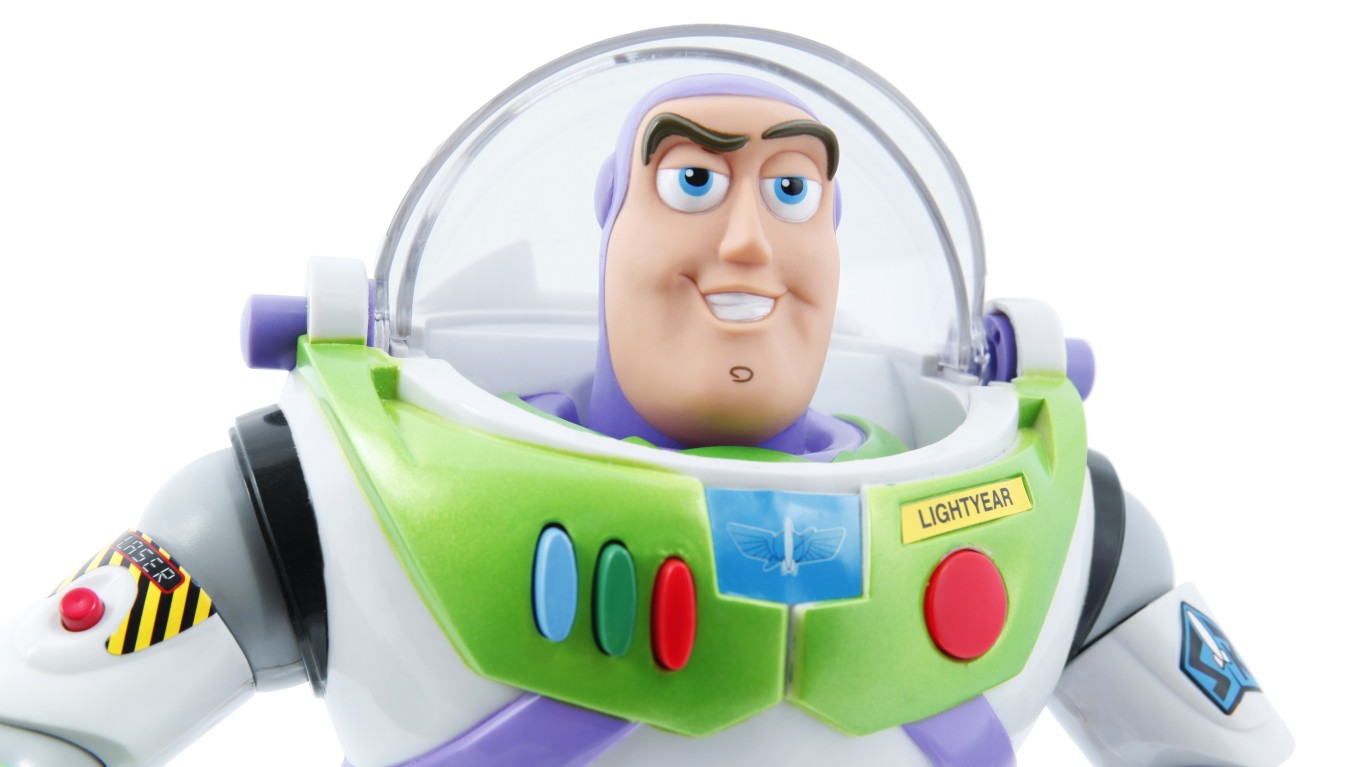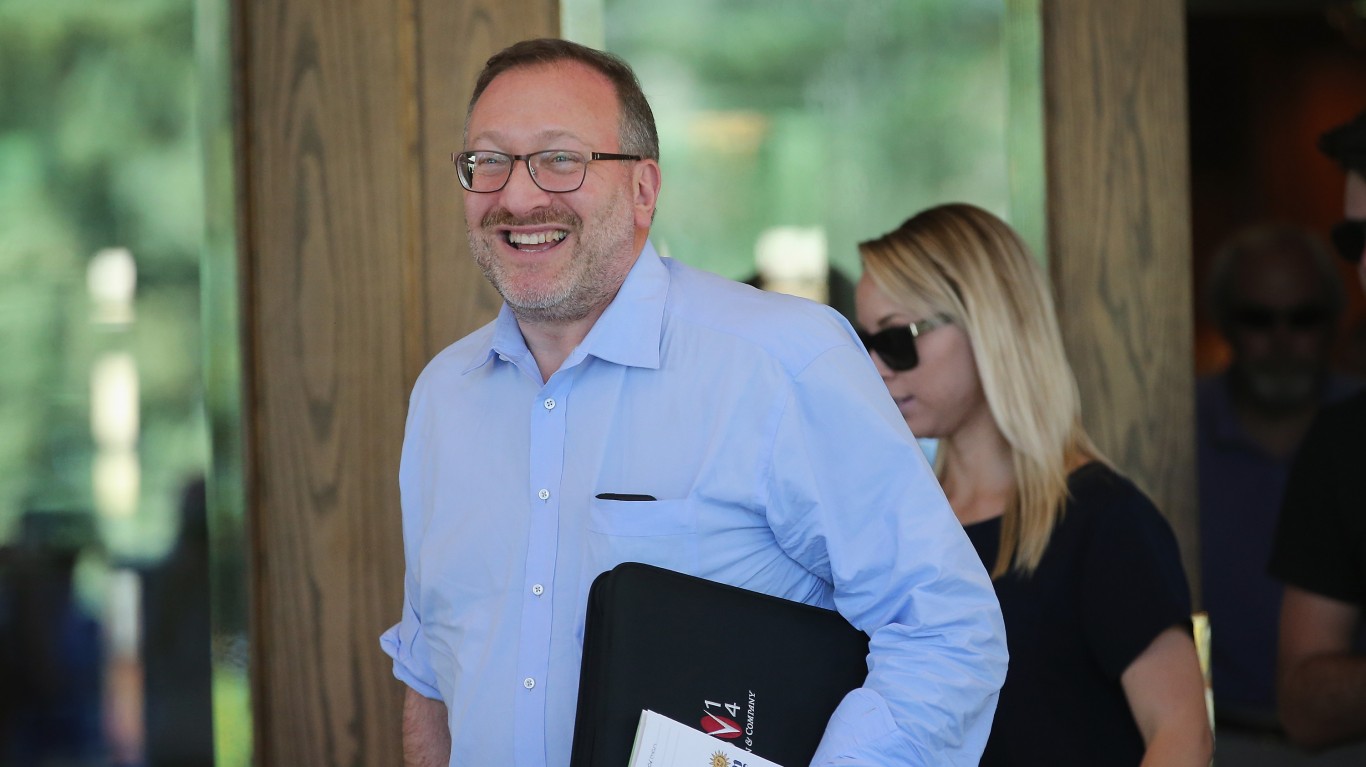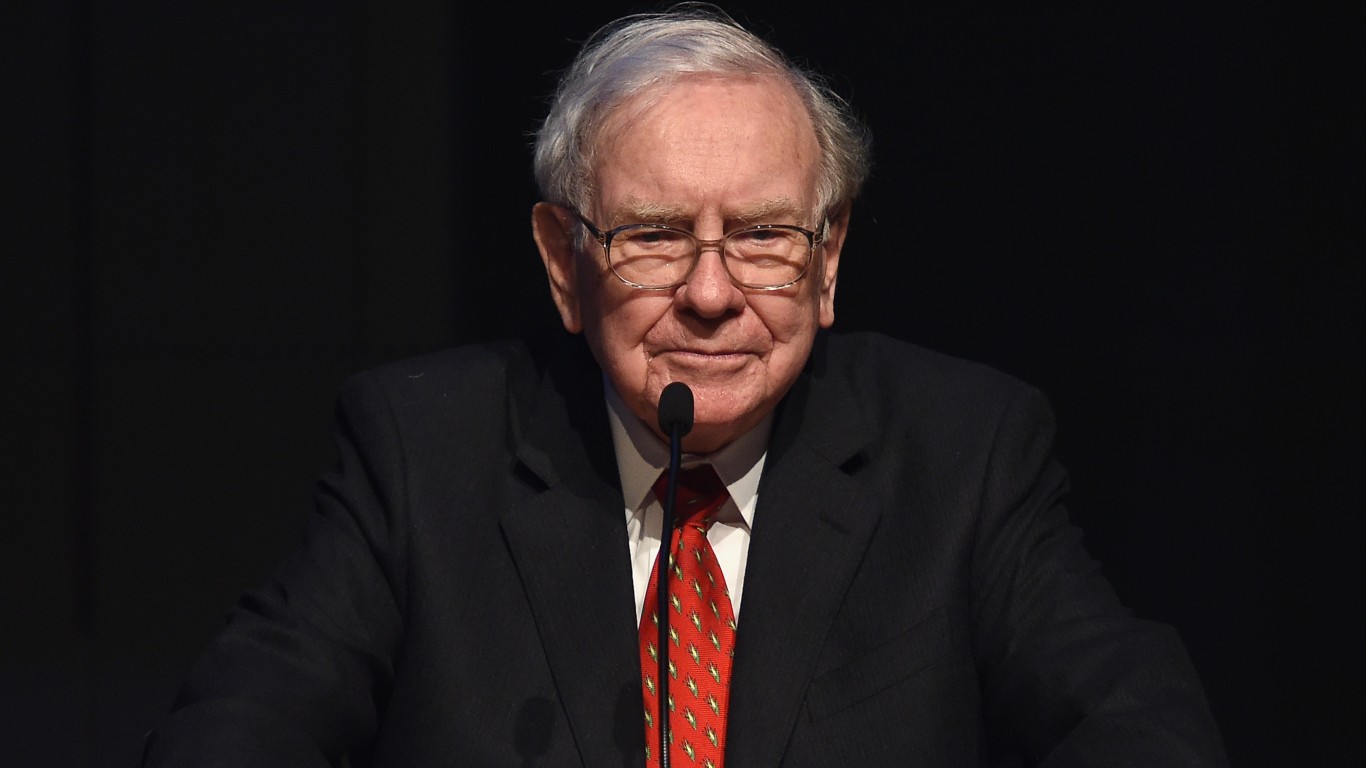
This post may contain links from our sponsors and affiliates, and Flywheel Publishing may receive
compensation for actions taken through them.
compensation for actions taken through them.
Key Points
- Walt Disney Co. (NYSE: DIS) has raised its dividend by 33%.
- That symbolic move does not signal that the company is out of the woods.
- Take this quiz to see if you’re on track to retire. (sponsored)
Walt Disney Co. (NYSE: DIS) has raised its dividend by 33% to $1 per share. The payment will be divided in half and paid on January 16 and July 23. This does not make Disney a dividend play. The current payout is 0.8%, and even with the increase, it will be under 1%. The decision does not make up for the stock’s performance either. It is up 17% in the past two years, while the S&P 500 is 49% higher.
The stock’s performance is due to mediocre financial results and an uncertain future. In the most recently reported quarter, Disney’s revenue rose modestly to $22.6 billion year over year, and per-share earnings rose 79% to $0.25.
Its media and sports businesses, which include ESPN, its film studios, and legacy media, including ABC, did relatively well last quarter. However, Disney’s huge theme park division, which the company calls Experiences, struggled. Its revenue rose only 1% to $8.3 billion, and operating income fell 6% to $1.7 billion. The division is nearly half of Disney’s total operating income.
The open question about Disney’s parks is whether they have become too expensive. CNBC estimates a one-day park pass per person averages between $150 and $190.
The board of directors says CEO Bob Iger will be replaced in early 2026. However, Iger, who has been CEO twice, has delayed his planned retirement before. Iger gets the blame for the early failure of the Disney+ streaming service, which he launched in November 2019. It lost over $1 billion until turning a small profit in the past two reported quarters. Its profits remain at risk because of powerful competition from Netflix and Amazon Prime Video, each of which has a larger subscription base.
The dividend yield is hardly more than symbolic. It does not signal that Disney is out of the woods.
Disney Price Prediction and Forecast 2025-2030
Are You Still Paying With a Debit Card?
The average American spends $17,274 on debit cards a year, and it’s a HUGE mistake. First, debit cards don’t have the same fraud protections as credit cards. Once your money is gone, it’s gone. But more importantly you can actually get something back from this spending every time you swipe.
Issuers are handing out wild bonuses right now. With some you can earn up to 5% back on every purchase. That’s like getting a 5% discount on everything you buy!
Our top pick is kind of hard to imagine. Not only does it pay up to 5% back, it also includes a $200 cash back reward in the first six months, a 0% intro APR, and…. $0 annual fee. It’s quite literally free money for any one that uses a card regularly. Click here to learn more!
Flywheel Publishing has partnered with CardRatings to provide coverage of credit card products. Flywheel Publishing and CardRatings may receive a commission from card issuers.
Thank you for reading! Have some feedback for us?
Contact the 24/7 Wall St. editorial team.





